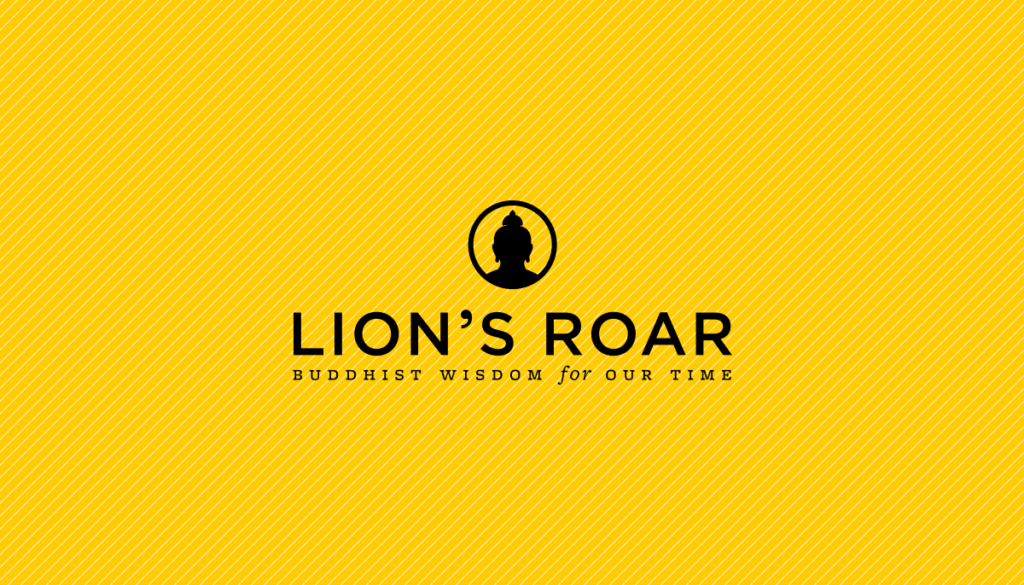Usually when I think of diversity, I think of ethnic and socioeconomic realities. But there’s another kind of diversity that is crucial for any community to survive and flourish: generational diversity.
As a young practitioner in the Shambhala community—the Buddhist sangha that I grew up in—it was hard to see this kind of age diversity. The rise of my own strong interest in the Buddhist teachings in my late teens meant a very simple thing—while I was studying and practicing in this particular community, I was going to have to give up spending time with many other people my age. Both the teachers and the people in the courses I took were almost all at least twenty years older than me. Luckily, my own interest was strong enough that I could get over the lack of people who liked the same music as me. I didn’t really need to talk about hip-hop with the people I was studying Buddhism with anyway.
This experience was very different from my own father’s experience of getting involved in the same community when he was twenty-two in 1970. He says: “When I started studying and practicing, it felt like you were part of a movement, the energy of your generation. It wasn’t all young people, but a lot of us were, and it felt like youth was a big part of what was happening. There was a dynamic teacher [Chögyam Trungpa] who was only a little bit older than me.”
Three years ago, I started and led a weekly under-thirties night at the Shambhala Center of New York. It was a chance for twenty-somethings to learn more about meditation and to have a discussion about a wide range of topics: art, politics, sex, the messed-up world we had inherited, and maybe even Buddhism. It created a forum for young people to explore, on their own terms, the connection between meditation and their own lives—which for a variety of reasons was different from the situation that young people found themselves in thirty-something years ago. It was a big success. Groups like this started happening at other Shambhala centers as well.
One of the things that bothered me about this group was that, while new young people were entering the community, it felt exclusive based on this arbitrary barrier of the age of thirty. People who were thirty-two would complain that they didn’t have a place. People who were forty-two and fifty-two wouldn’t complain; they would just assume they weren’t invited. Even though a few more young people were getting interested in Buddhism than before, the result didn’t feel diverse. It felt segregated.
Now when I teach, I usually find myself in front of a group of people from different generations. Sometimes I’m even one of the youngest people in the room. Speaking to twenty- and thirty- and forty- and fifty- and sixty-year-olds at the same time in the same room definitely presents a challenge, but also an opportunity to try to understand what it means to be alive, no matter where we’re at in life.
I’ve always thought that the Buddhist teachings give a great hint at creating true diversity, especially cross-generational understanding. That hint is this: there is no absolute truth in presentation. The presentation of wisdom is never one monolithic thing; it’s the patchwork stitching of time, place, teacher, students, and the wisdom that’s being conveyed. When all of these factors line up, something real happens, and absolute truth is conveyed within the presentation. If any of these factors is out of synch with the others, the teachings get moldy and worthless in a hurry. There aren’t set rules for what form the presentation takes. In other words, Buddhism is never about what music you should listen to. It’s about how to listen to music, whether it’s Mozart or Mos Def. If a person could actually realize this truth, she could learn to speak any language, talk to anybody. She could bridge any gap. She’d probably have a big music collection, too.
